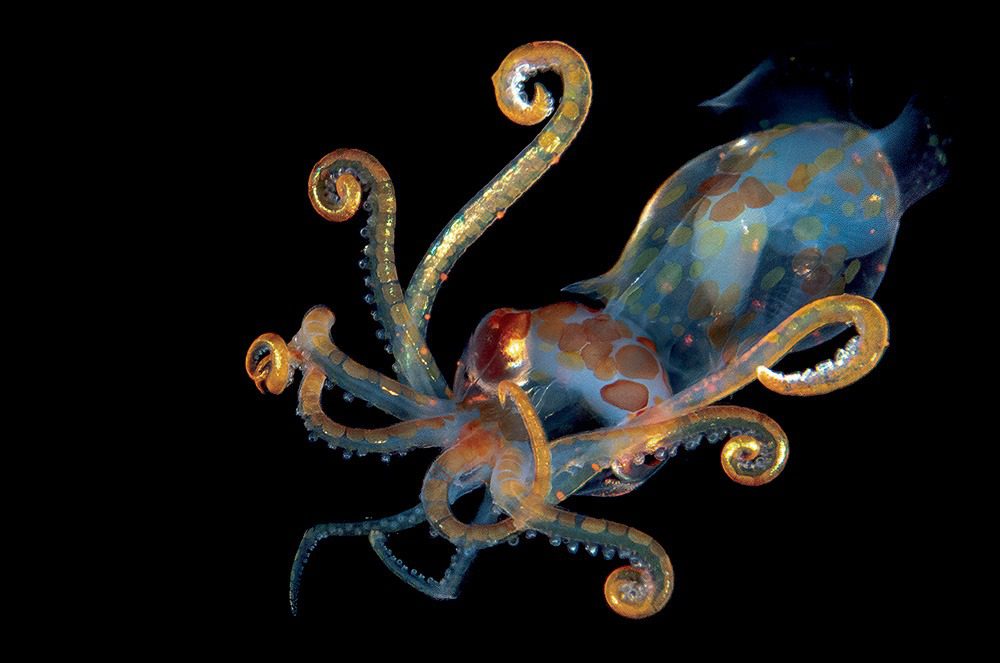Mike Bartick heads for Cozumel, Mexico, in search of more weird-and-wonderful blackwater subjects.
A Final Push for the Blackwater Book Project
During the last part of 2021, I spent nearly every night in search of those crazy night creatures that forever tease my mind. I knew that in that window of time, prior to re-opening the Philippines and welcoming back travellers, that I would need a final push to complete my blackwater book project, or close that chapter forever.
The final push prior as it was, began 30 October 2021 and didn’t let up until well into February of 2022, completing hundreds of hours underwater, exhausting myself, my dive team and boat crews – and having a blast every second of the way.
Heading to Cozumel for a New Adventure
During the final phase of creating the content and never-ending edits, I found myself in serious need of getting wet again. So, after a few phone calls, I found myself packed and standing at the gate, and heading to Cozumel, ready to ride the tide.
Understanding the Oceans Through Blackwater Diving
Blackwater diving has opened my mind to looking at our planet’s oceans in a different way. Not just by geographical divides, but also as zones as scientists have laid it out. By this method, it’s my personal theory that it’s possible to see a base layer of the same or similar subjects globally, but with a few wildcard caveats thrown into the mix. I’m convinced that access to deep water, current and zooplanktons basic need to feed will serve up our little exotic treasures each night no matter where we are.
Did you know?
The local spearfishing community has done much to cull the lionfish population here with moderate success. The larvae are also seen occasionally on blackwater dives but are too photogenic and cute to cull, at least by my standard.
Cozumel's Geographical Advantage for Blackwater Diving
Geographically, Cozumel is set up for success when it comes to blackwater diving. The tiny island sits on top of a plateau near the edge of deep water that drops off into the Caribbean Sea. Here, between the tip of mainland Mexico and across from Cuba, the two landmasses create a bottleneck. The steady flow of warm Caribbean water fed by the ‘Gulf of Mexico Loop’ reaches extreme depths before pushing up and through the Cozumel Channel.
Eventually this river in the ocean loops around within the Gulf of Mexico, past south Florida and joins the Gulf Stream. For me, blackwater diving in an area like this means there is the constant possibility to witness serious diel migrators and deep-sea life near the surface.
Discovering a Diverse Portfolio of Marine Life
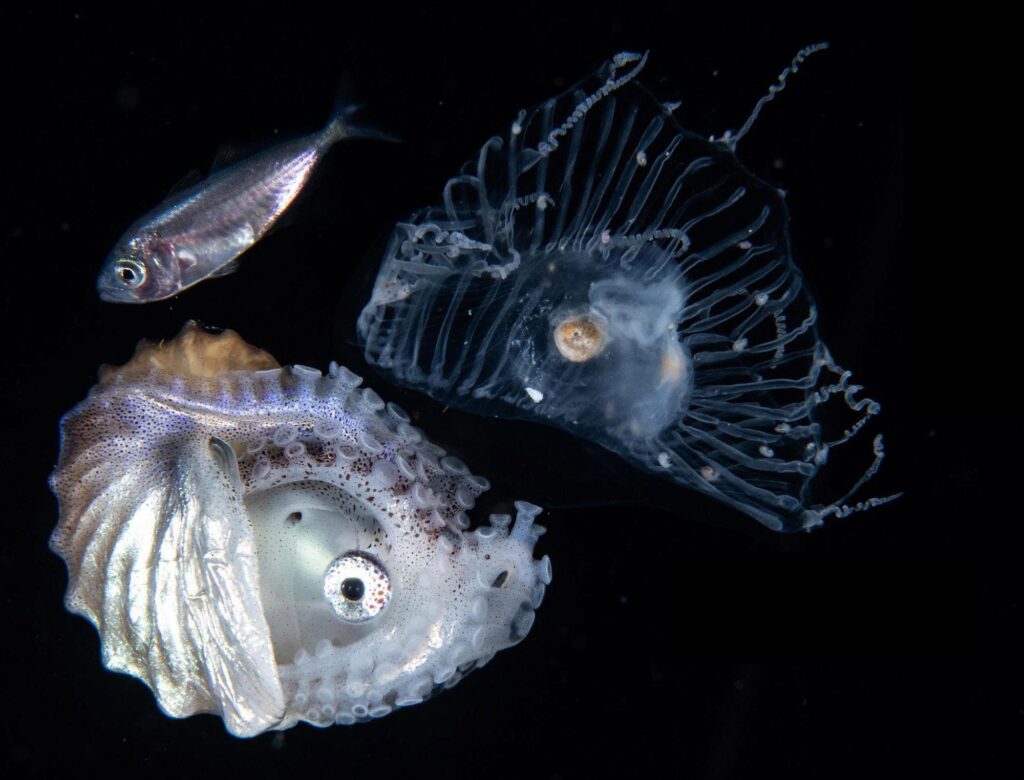
On our recent trip, we managed to put together a nice portfolio of gems – true to form, Cozumel produced. One of the things I like the most about blackwater in Cozumel isn’t just the critters, it’s also the clean clear water and reliably excellent visibility.
The World of Blackwater
Award-winning photographer and photo pro Mike Bartick has just completed his first book compiling six years of blackwater diving. The ebook version features images, natural history and photo techniques and can be downloaded on Gumroad and Apple iBooks.
Larval Fish: Adapting to Different Worlds
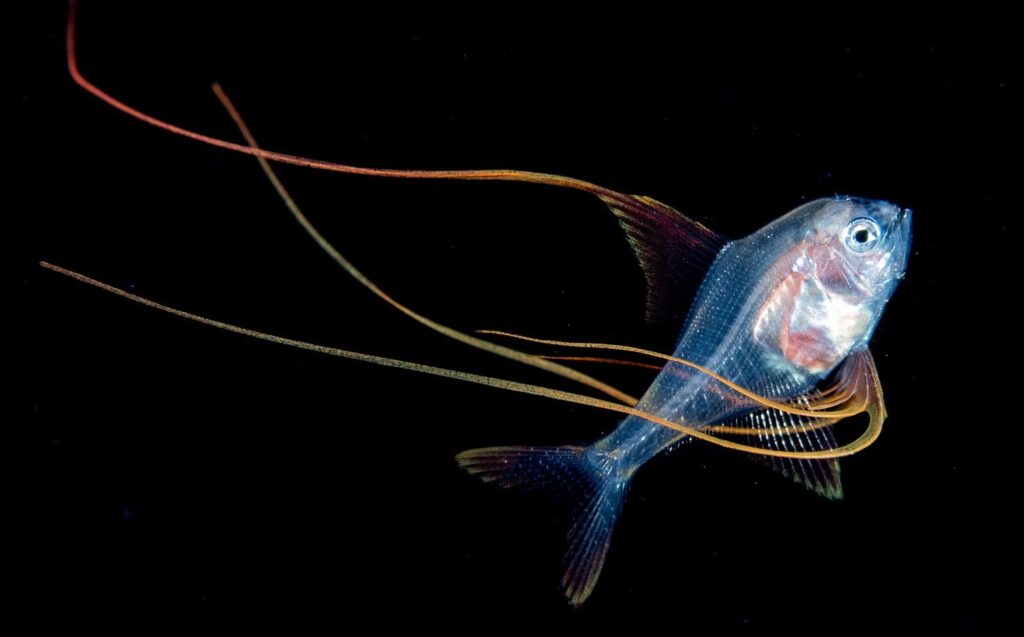
Larval fish undergo significant changes throughout their lifecycle, morphing dramatically as they adapt. In many ways, fish need to learn how to survive in almost two completely different worlds, bonded only by water. First spending much of their beginnings drifting in the open ocean, riding the currents and tides, and developing in the plankton. During this stage, larval fish can be highly ornate with beautiful appendages, colourful or ghostly white. Most remain high in the water column near the energy and food source of phytoplanktons. Some also follow the DVM, but most larval fish occupy this upper layer running a collision course with predatory animals.
Did you know?
You don’t have to go deep to find these animals. Most reside within 10 inches of the water’s surface making this dive accessible for divers, snorkellers and even freedivers!
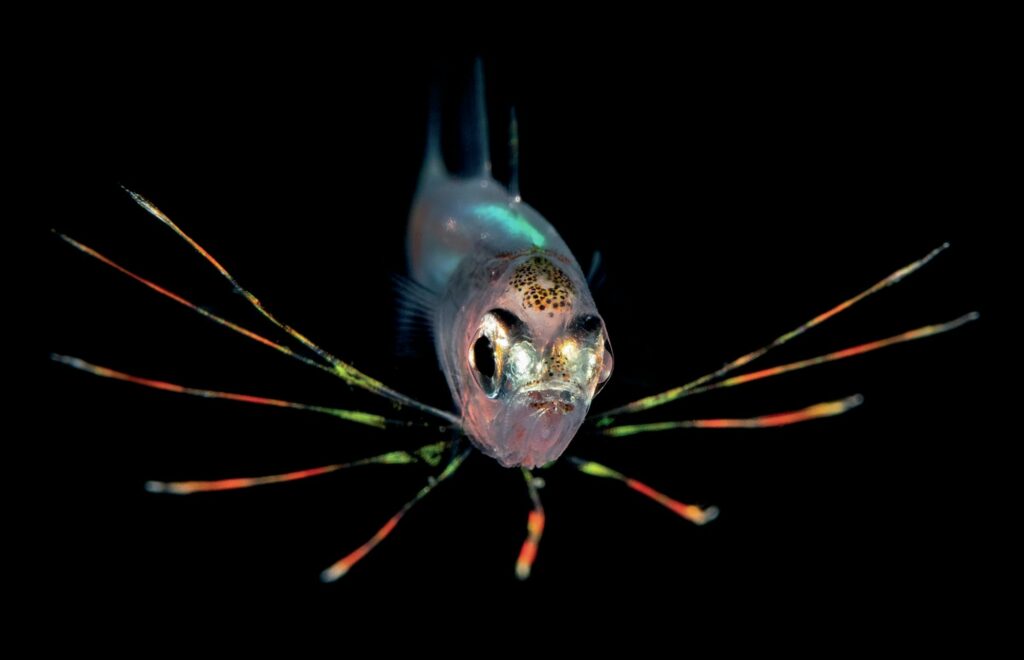
Growth and Survival in the Marine World
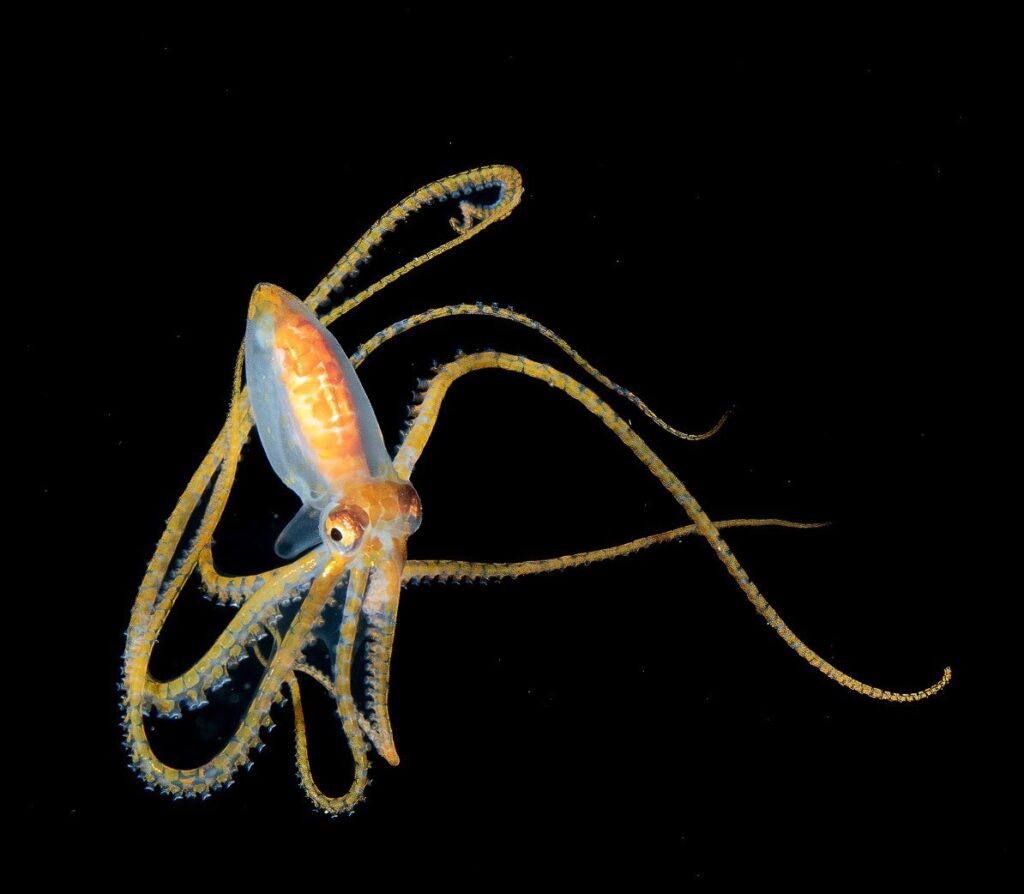
Gaining in size has plusses and minuses too. The upside is, the strength to swim and hunt and to avoid being eaten. The downside is, as a larger fish, they are now on the radar for visual predators such as squid and other larger fish. Life is good when you’re small, but being a larger version of yourself also has its benefits. Being larger also means strength, larger teeth for a better diet and the ability to mate.
Did you know?
Convergent evolution also seems to be at play with some larval fish that appear to have wings!
Transitioning to Juvenile and Adult Life
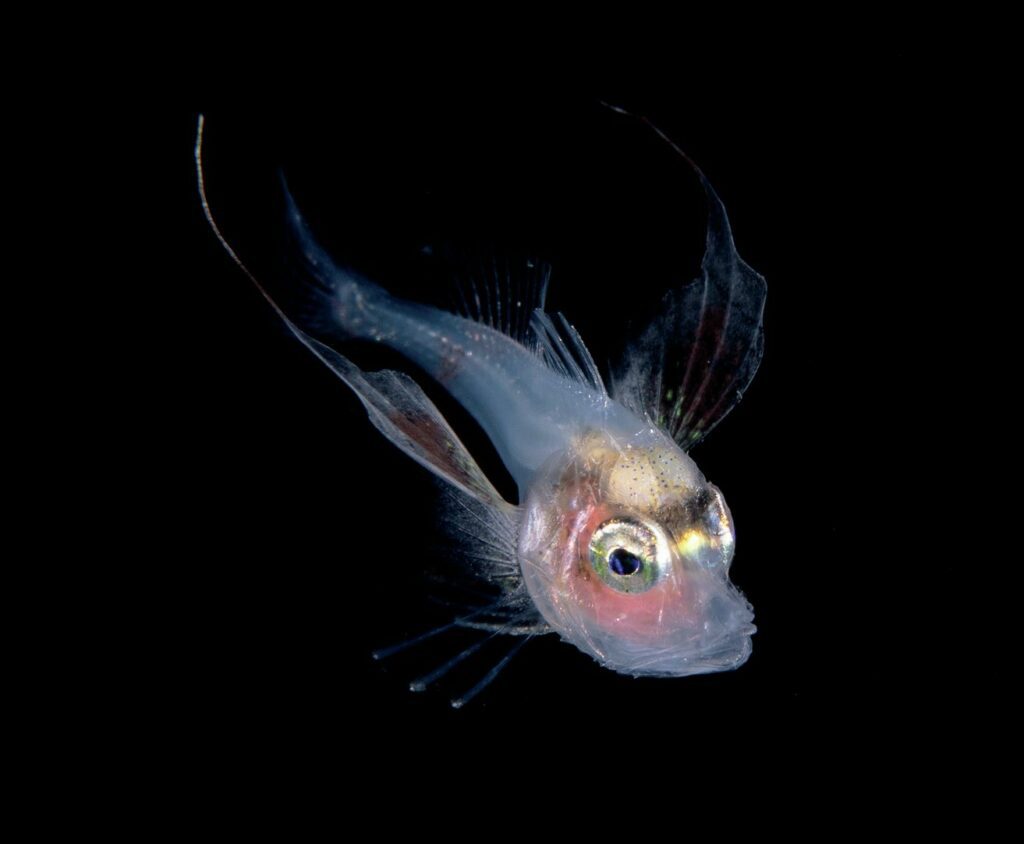
Entering their juvenile phase, larvae begin to seek a different type of habitat to settle down. Juveniles begin moving away from being solitary and schooling up or settling to the substrate or even finding the proper reef or other habitat where they will spend the rest of their lives. As larvae, they must avoid predation while feeding, mostly near the surface (top 180m) but as adults many of the fish seen on blackwater dives can actually settle at abysmal depths.
Did you know?
Siphonophore are a jellyfish that appear as a single organism. In actuality, siphonophores are a colony of highly specialized individual zooid that all come from the same egg, but perform different functions.
Returning to Anilao
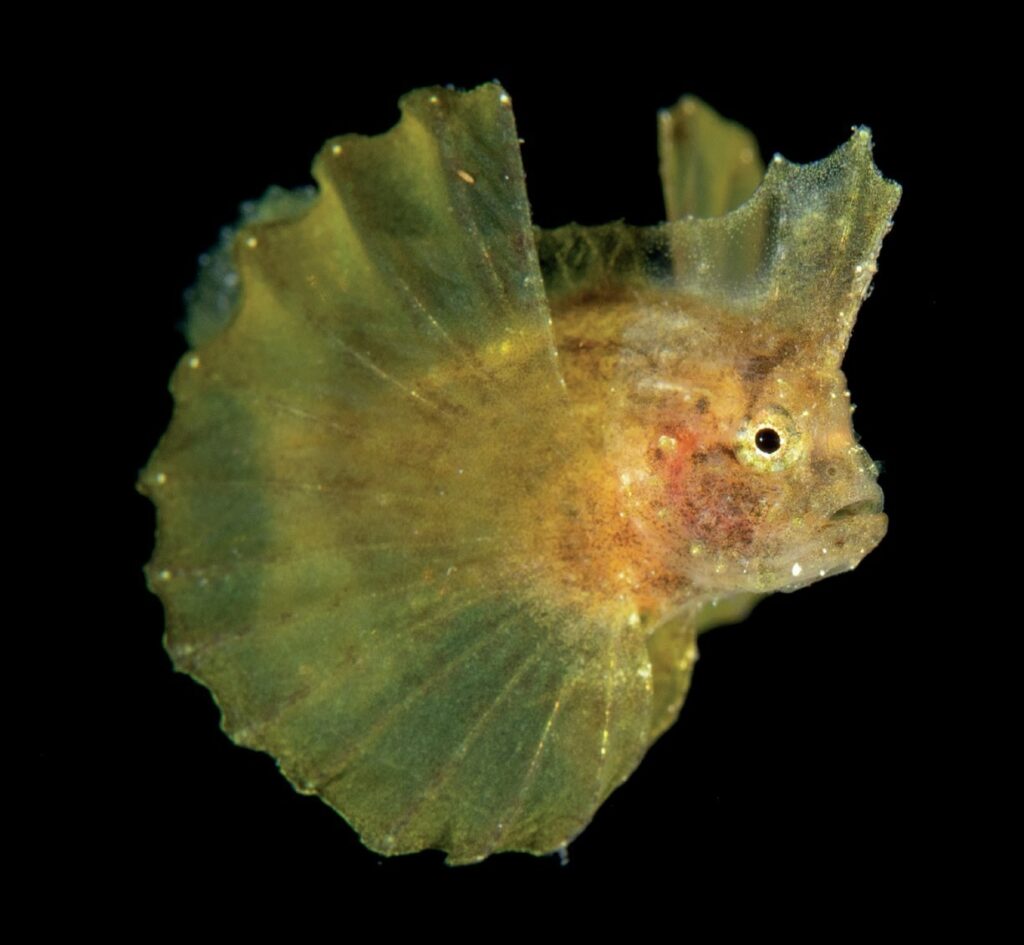
Back on my own home turf in Anilao, we returned to our favourite current line that we dived for much of the last year as we finished building content for my new book. In my mind, the last year was so productive, all I could say was, what will Anilao do as an encore.
Plankton-Rich Waters and Cephalopod Action
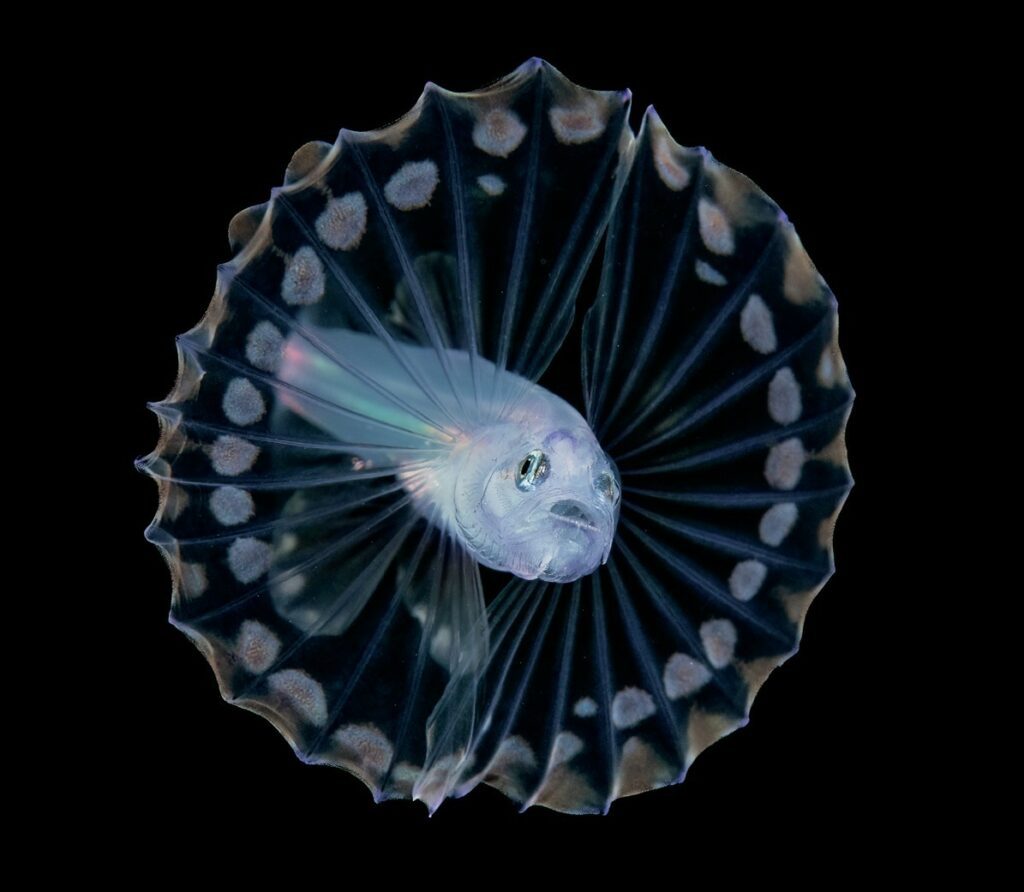
During the ‘ber’ months, the water is thick with plankton giving the surface water a green tint. Our downline lights attract clouds of worms, shrimp and crab zoa, and isopods. The cephalopod action also begins to ramp up with hoards of purpleback squid, a few small diamond squid and Enope squid on the hunt in addition to the larval fish.
Cephalopods: Masters of Migration and Hunting
Cephalopods are highly ambulatory and have the strength and ability to migrate from the depths, hunt near the surface and then return to the depths within a short period of time. Whereas larval fish don’t have that luxury and must rely on appearance rather than speed.
Crystal Blue Resort
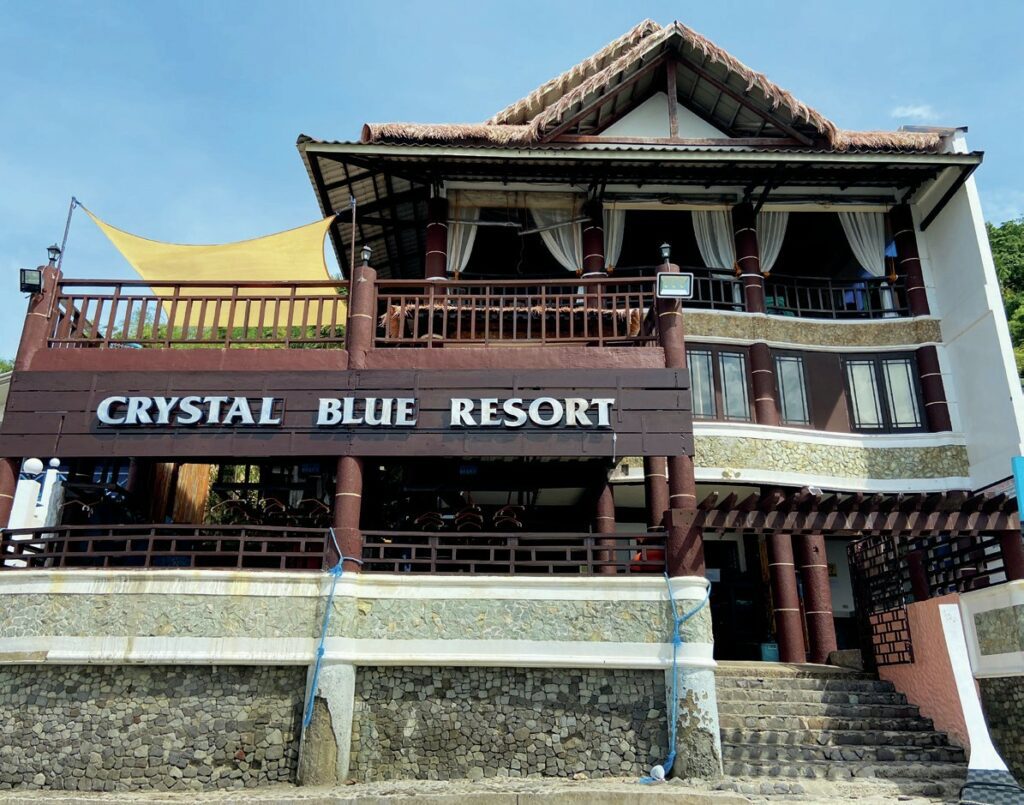
Crystal Blue, based in Anilao, Philippines, caters to underwater photographers with specialized guides, comfortable rooms, and chef prepared meals.
DiveCBR
Photographs by Mike Bartick
This article was originally published in Scuba Diver ANZ #53.
Subscribe digitally and read more great stories like this from anywhere in the world in a mobile-friendly format. Link to the article
